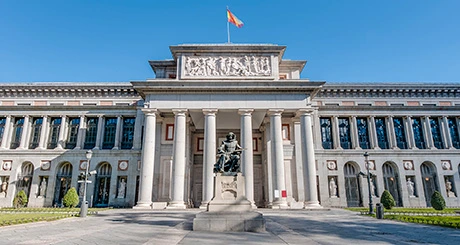
10 essential works to see on your visit to the Prado Museum
Choosing only 10 essential works to see at the Prado Museum is a difficult challenge, even more so considering international consensus that it is the pinacotheca with most masterpieces per square metre. But we've done it!
We've prepared an express visit to the Prado Museum with our selection of the top 10 most important and representative works of its collection. Grab paper and a pencil, jot them down in your notebook and reserve your visit to the Prado Museum, skipping the lines with Feel the City.
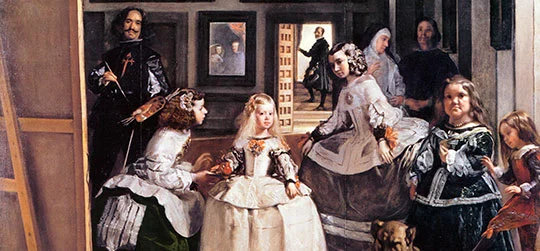
Las Meninas – Diego Velázquez
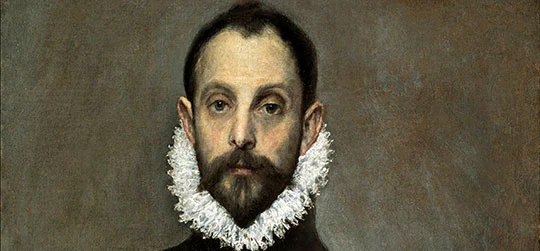
The Nobleman with his Hand on his Chest - El Greco
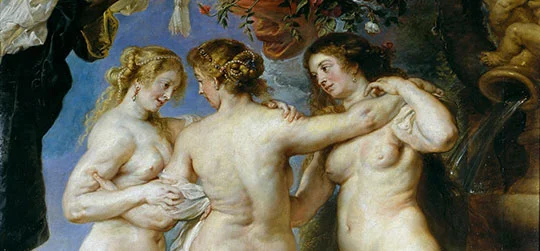
The Three Graces – Peter Paul Rubens
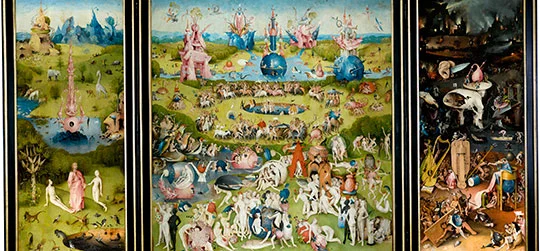
The Garden of Earthly Delights – Bosch
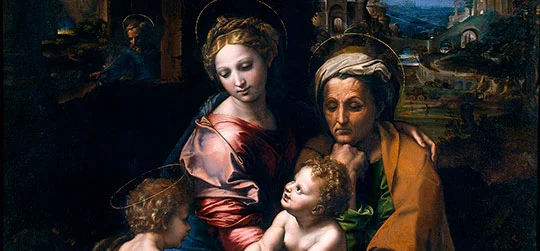
The Pearl – Raphael (Rafaello Sanzio)
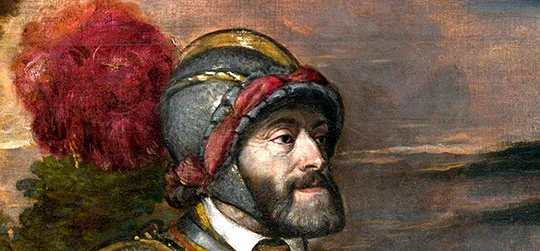
Emperor Charles V at Mühlberg – Titian (Tiziano Vecellio)
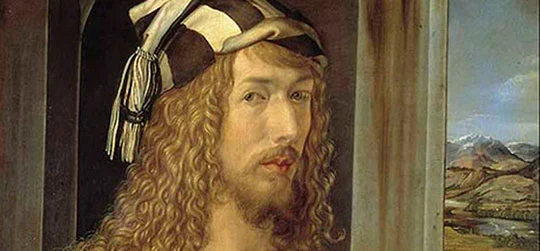
Self-portrait – Albrecht Dürer
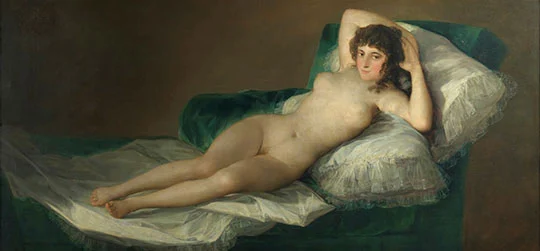
La Maja Desnuda – Francisco de Goya
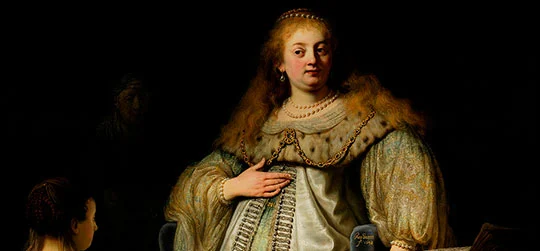
Artemisia – Rembrandt
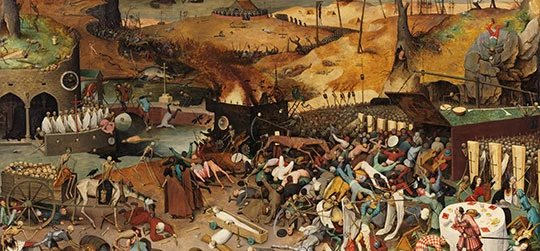
The Triumph of Death – Brueghel
Las Meninas. Diego Velázquez
This is one of the Prado Museum's most visited canvases. The Family of Philip IV, better known as Las Meninas, is the masterpiece of Spanish Golden Age painter Diego Velázquez. This painting features a portrait of the Infanta Margaret Theresa of Spain, surrounded by her maids, "las meninas", in which we can also see the figure of Seville-born painter Velázquez himself.
The work stands out for its originality in terms of genre, halfway between being a portrait and the depiction of a scene of a personal conversation. It follows the pigment dilution technique, thanks to which a thinning of the pictorial surface is achieved, thereby simplifying the brushstrokes.
The Nobleman with his Hand on his Chest. El Greco
Domenikos Theotokopoulos, popularly known as El Greco, was one of the most important painters of the Renaissance. Although he was born in Greece, it was in Spain where he produced his best-known works of art. Of these masterpieces, the one that has had greatest influence in the art world and in Spanish culture is The Nobleman with his Hand on his Chest, produced between 1578 and 1580.
The work is a half-length portrait of an unknown nobleman, representing honour and integrity through its composition and symbolism. In keeping with the great Renaissance masters, it depicts the gentleman with a calm expression, his right hand resting on his chest as if taking an oath. Thus, El Greco exemplifies the qualities of a good Spanish hidalgo, or nobleman.
The Three Graces. Peter Paul Rubens
Rubens was one of the most important Baroque-period painters of the Flemish school and the favourite painter of Philip IV of Spain, his main patron. It is for this reason that the Prado Museum houses the largest collection of the painter's work, totalling 90 Rubens canvases.
Amongst them, we recommend that you not miss The Three Graces, a work of art of exceptional beauty. Its warm, bright and luminous colour palette stands out. The work's motif is the representation of the "three graces", the daughters of Jupiter who symbolise beauty, love, fertility and sexuality. It is said that one of the figures depicts Rubens's second wife, Helena Fourment.
The Garden of Earthly Delights. Bosch
One of the Prado Museum's greatest attractions, and a favourite amongst visitors, is the most famous and representative painting by Bosch: The Garden of Earthly Delights. As in many of Bosch's works, it is neither dated nor signed, although its provenance is not in doubt.
The triptych, replete with symbolic content of myriad interpretations, represents the end of the last day of Creation, with sin as a common element in each of its scenes. It is one of the most fascinating and mysterious works in the history of art and an essential stop on your Prado Museum tour.
The Pearl. Raphael (Rafaello Sanzio)
The Holy Family, commonly known as The Pearl, is one of the most acclaimed works of the painter Rafaello Sanzio, or Raphael, one of the most prominent artists of the Italian Renaissance. The Pearl depicts the Holy Family, the baby Jesus in the Virgin Mary's lap, accompanied by Saint John the Baptist as a child and his mother, Saint Elizabeth, with Joseph in the shadows of the painting.
The Pearl stands out for its colour scheme and the quality of its nuances, as well as for the quality of the landscape: a sunset amongst Roman ruins. Other Raphael masterpieces that we suggest you see in the Prado Museum if you have time are Portrait of a Cardinal and Madonna with the Fish.
Emperor Charles V at Mühlberg. Titian (Tiziano Vecellio)
This best-known portrait of the Emperor Charles V is an equestrian portrait by Italian Renaissance painter Titian, one of the greatest examples of the Venetian school, who was known amongst his contemporaries as "the sun amidst small stars".
The portrait commemorates Charles V's victory at the Battle of Mühlberg in 1547. It depicts, though the figure of Charles V, the myth of heroic power and at the same time, it presents the Emperor as a "soldier of Christ". This work of extraordinary artistic value had an enormous influence on the Baroque period. Without a doubt, you cannot miss it on your visit to the Prado Museum in Madrid.
Self-portrait. Albrecht Dürer
Dürer's Self-portrait is one of the Prado's most interesting pieces. It is one of the most famous works of Albrecht Dürer, the most emblematic artist of the German Renaissance. In it, Dürer portrays himself as a "gentiluomo", the man responsible for informing the King of the latest news, by using light tones and appearing dressed in his finest attire.
Albrecht Dürer was the first Western painter to depict himself in several self-portraits completed over the course of his life. In doing so, he endeavoured to raise his status and portray himself as something more than a mere craftsman.
La Maja Desnuda. Francisco de Goya
Of all the Goya paintings kept at the Prado Museum, we recommend that you not miss La Maja Desnuda. The Prado Museum houses the richest and most extensive collection of the famed Spanish painter Francisco de Goya, whose work evolved from the Rococo to Pre-Romanticism, passing through neoclassicism, each movement being interpreted in a highly personal and original way.
La Maja Desnuda is an enormously beautiful portrait of a young nude woman, which, despite its not being a mythological nude, has been associated with the figure of Venus. The portrait is influenced by the neoclassic aesthetic, although Goya transcends this and shows much more daring elements for his time, such as the model's satisfied smile. In addition, it is the first known work of art that depicts female pubic hair. Although it is not certain, it is said that the model could have been the 13th Duchess of Alba, Cayetana.
Other essential Goya works that you can admire at the Prado are The Family of Charles IV and The Third of May 1808 in Madrid.
Artemisa. Rembrandt
Judith at the Banquet of Holofernes, previously known as Artemisia, is one of the greatest masterpieces of the Dutch artist Rembrandt, one of the greatest masters of Baroque painting. Rembrandt completed the piece Artemisia in the year 1634, in oil on canvas. According to the latest research, the title of Artemisia is erroneous, as in reality it depicts a Biblical scene: Judith at the Banquet of Holofernes.
The painting features a young woman dressed in luxurious clothing and jewellery. It is believed that Rembrandt's model was his own wife, Saskia van Uylenburgh, whom he had married in the very year from which the work is dated. It has belonged to the Royal Collection since the year 1768.
The Triumph of Death. Brueghel
The Triumph of Death is one of the most famous works of Flemish painter Brueghel and our last recommendation of the most important works housed at Madrid's Prado Museum. The work, which dates to the year 1562, was acquired by the Royal Family of Spain in the 18th century.
The Triumph of Death is impressive for its severity, a faithful and macabre depiction of death, on what could be a battlefield. It represents an apocalyptic view of death in an era in which its figure was extoled to the point that it was considered a source of pride to die in war.
 +10,000 positive comments
+10,000 positive comments
 Local guides in your language
Local guides in your language
 100% Official Tours
100% Official Tours
 4.4 / 5 Average Reviews
4.4 / 5 Average Reviews

